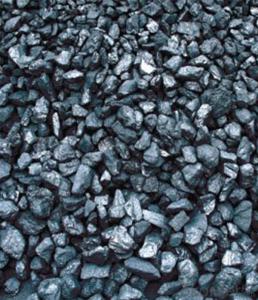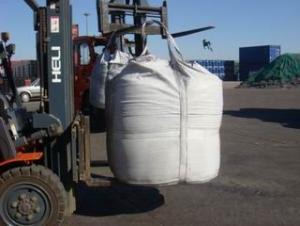FC 90% Carbon additive
- Loading Port:
- China Main Port
- Payment Terms:
- TT OR LC
- Min Order Qty:
- -
- Supply Capability:
- -
OKorder Service Pledge
OKorder Financial Service
You Might Also Like
Specifications
Calcined Anthracite
Fixed carbon: 90%-95%
S: 0.5% max
Size: 0-3. 3-5.3-15 or as request
Calcined Anthracite is produced using the best Anthracite-Taixi Anthracite with low S and P, It is widely used in steel making and casting, Chemical and some other fields.
General Specification of Calcined Anthracite:
PARAMETER UNIT GUARANTEE VALUE | |||||
F.C.% | 95MIN | 94MIN | 93MIN | 92MIN | 90MIN |
ASH % | 4MAX | 5MAX | 6MAX | 7MAX | 8MAX |
V.M.% | 1 MAX | 1MAX | 1.5MAX | 1.5MAX | 1.5MAX |
SULFUR % | 0.5MAX | 0.5MAX | 0.5MAX | 0.5MAX | 0.5MAX |
MOISTURE % | 0.5MAX | 0.5MAX | 0.5MAX | 0.5MAX | 0.5MAX |
Size can be adjusted based on buyer's request.
Pictures of Calcined Anthracite:

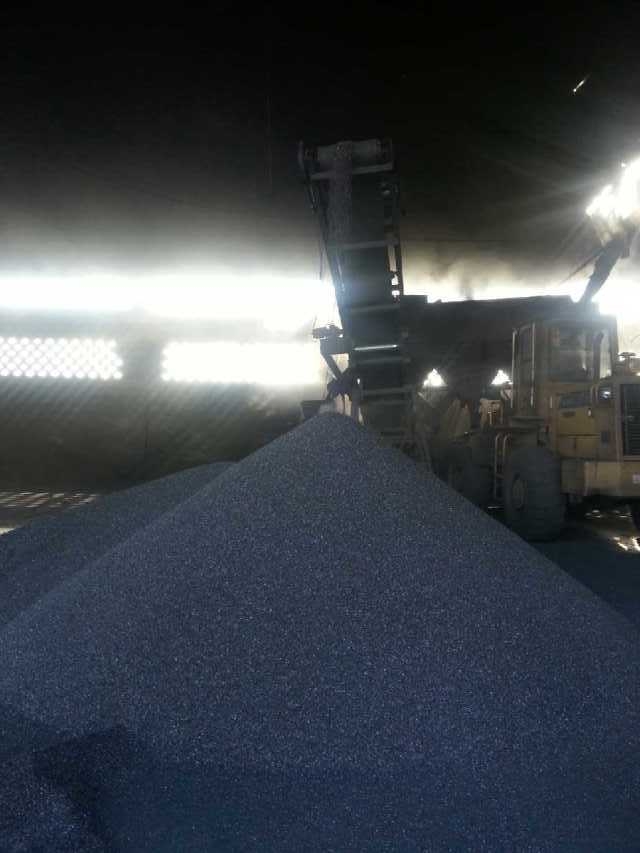
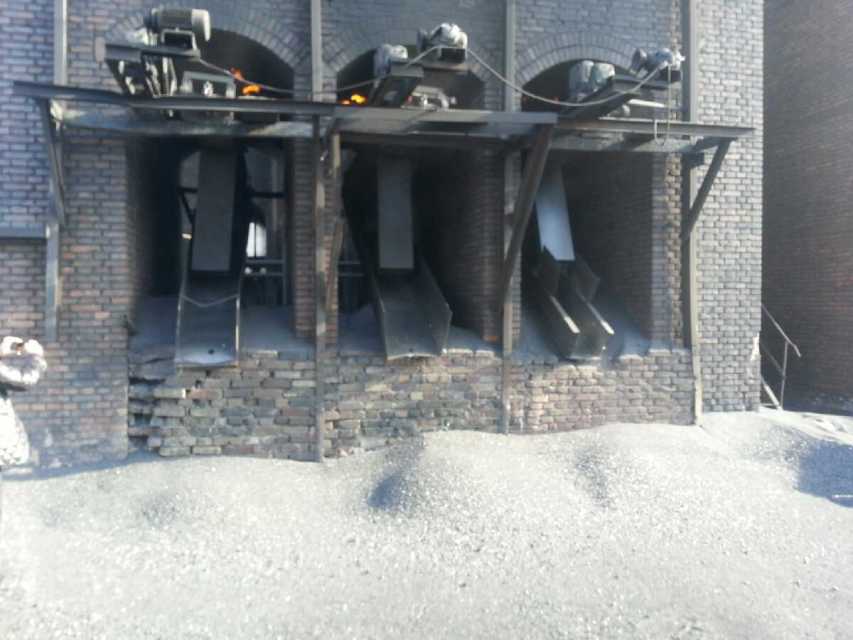
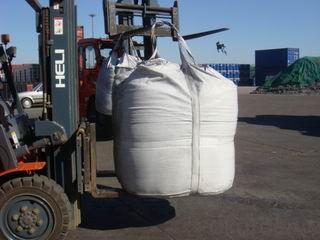
We can supply below furnace charges, please feel free to contact us if you areinterested in any of any of them:
Coke (Metallurgical, foundry, gas)
Calcined Anthracite with fixed carbon from 90% to 95%
- Q:How is carbon used in the production of rubber?
- Carbon is widely used in the production of rubber due to its unique properties and its ability to enhance the overall quality and performance of rubber products. Carbon black, a form of elemental carbon produced by the incomplete combustion of hydrocarbons, is a key component in rubber manufacturing. Carbon black is added to rubber formulations to improve its strength, durability, and resistance to wear and tear. It acts as a reinforcing agent, providing increased tensile strength and abrasion resistance to the rubber. Carbon black particles interlock with the rubber polymer chains, reinforcing the overall structure of the material and making it more resilient. Additionally, carbon black helps improve the conductivity of rubber, making it useful in applications where electrical conductivity is required. It also enhances the UV resistance of rubber, protecting it from degradation caused by sunlight exposure. Carbon black can also improve the coloration and appearance of rubber products, giving them a deep black color. Furthermore, carbon black can be used as a filler in rubber compounds, reducing the overall cost of production while maintaining or even improving the mechanical properties of the rubber. By replacing a portion of the more expensive rubber polymer with carbon black, manufacturers can achieve cost savings without sacrificing the desired performance characteristics of the rubber. Overall, carbon plays a crucial role in the production of rubber by enhancing its strength, durability, conductivity, UV resistance, and appearance. Without carbon, rubber products would not possess the desired properties necessary for their intended applications.
- Q:How does carbon impact the availability of freshwater resources?
- The availability of freshwater resources is impacted by carbon in several interconnected ways. Climate change is one of the primary means through which carbon affects freshwater availability. The burning of fossil fuels and other human activities result in increased levels of carbon dioxide in the atmosphere, which contributes to global warming. This warming, in turn, leads to changes in precipitation patterns, including alterations in rainfall distribution and intensity. The emission of carbon also leads to warmer temperatures, which can cause higher rates of evaporation and more frequent and severe droughts in specific regions. These droughts reduce the amount of water accessible for freshwater resources like rivers, lakes, and reservoirs. Furthermore, the shifting climate can disrupt natural water cycles, impacting the replenishment of groundwater aquifers, which are essential sources of freshwater. Moreover, the quality of freshwater resources is impacted by carbon. The increased carbon emissions reacting with atmospheric moisture result in acid rain, which acidifies freshwater bodies and renders them unsuitable for many aquatic organisms. This disruption to ecosystems can lead to the loss of species that depend on freshwater resources for their survival. Another manner in which carbon affects freshwater availability is through its influence on land use. The conversion of forests and wetlands into agricultural or urban areas releases carbon stored in vegetation and soil. This not only adds to carbon emissions but also diminishes the ability of natural ecosystems to retain and filter water. Forests, for instance, play a crucial role in maintaining the water cycle by absorbing rainfall and gradually releasing it into streams and groundwater. Deforestation disrupts this process and can result in reduced water availability downstream. In conclusion, carbon emissions have a profound impact on the availability of freshwater resources. Through climate change, carbon alters precipitation patterns, resulting in droughts and decreased water availability. It also affects the quality of freshwater through phenomena like acid rain. Moreover, land-use changes driven by carbon emissions can further diminish freshwater availability by disrupting natural water cycles.
- Q:I just decoration, do not understand, JS run, please feel free to show.
- LED gold tube Yuba, tinghuo... Carbon fiber was a real fire last year
- Q:What is carbon Yi virus?
- The best time for colony characterization was 12~15 hours. Colonies are sticky, inoculated with needle hook can be drawn into wire, called "drawing" phenomenon. In the ordinary broth for 18~24 hours, the bottom of the pipe has flocculent precipitation, the growth of sterile membrane, liquid clear. The toxic strains were formed on the sodium bicarbonate plates and cultured in 20%CO2, and the mucoid colonies (capsules) were rough, while the avirulent ones were rough. (three) resistance, propagule resistance is not strong, easy to be killed by general disinfectant, and spore resistance, in a dry room temperature environment can survive for decades, in the fur can survive for several years. Once the pasture is contaminated, the spore can survive for years to decades. Boil 10 minutes or dry hot 140 hours 3 hours, can kill spore. Anthrax spore is particularly sensitive to iodine and is highly sensitive to penicillin, cephalosporin, streptomycin, kanamycin and so on.
- Q:How does carbon contribute to the strength of composite materials?
- The strength of composite materials is enhanced by carbon due to its distinctive properties and its ability to form robust chemical bonds. Carbon fibers or nanoparticles, when utilized, provide the composite material with both high tensile strength and stiffness. For reinforcing composite materials, carbon fibers are highly suitable due to their exceptional strength and lightweight nature. These fibers consist of tightly packed and aligned long, thin strands of carbon atoms. When incorporated into a matrix material like epoxy resin, the carbon fibers evenly distribute stress throughout the composite, thereby increasing its overall strength. The strength of composites is also influenced by the strong chemical bonds between carbon atoms. Carbon atoms have the capability to form covalent bonds that are both highly durable and stable. These bonds enable carbon to withstand significant levels of stress and deformation without fracturing, thereby making it an outstanding reinforcement material. In addition, carbon's high thermal conductivity facilitates efficient heat transfer away from the composite material, thereby preventing overheating and potential damage. This property is particularly significant in applications that involve temperature fluctuations or require high heat dissipation, such as the aerospace or automotive industries. In conclusion, carbon's unique properties, such as its high tensile strength, stiffness, strong chemical bonds, and thermal conductivity, play a crucial role in enhancing the strength and performance of composite materials.
- Q:Can carbon in barbecue cause cancer? Can carbonated food cause cancer?
- It will be。WHO published 3 years of research results, said barbecue foods produce carcinogenic substances are toxic, "eat barbecue, equivalent to smoking."". A US research center report even said eating a roast chicken leg is equivalent to the toxicity of 60 cigarettes; women who eat barbecue are 2 times more likely to develop breast cancer than other women.
- Q:How does carbon affect the formation of heatwaves?
- Heatwaves are significantly influenced by carbon dioxide, a greenhouse gas. When humans release carbon dioxide into the atmosphere through activities like burning fossil fuels and deforestation, it acts like a blanket, trapping heat from the sun and preventing it from escaping into space. This is known as the greenhouse effect. As carbon dioxide levels increase, so does the Earth's temperature, resulting in more frequent and intense heatwaves. The excess heat trapped in the atmosphere creates a feedback loop, making the problem even worse. Heatwaves occur when high-pressure systems stagnate over an area for an extended period, causing temperatures to rise well above average. Carbon not only affects the intensity but also the duration of heatwaves. The enhanced greenhouse effect prolongs the duration of heatwaves, making them more perilous and destructive. Prolonged exposure to extreme heat can have severe consequences for human health, including heat-related illnesses, increased mortality rates, and reduced productivity. Furthermore, carbon emissions contribute to climate change, which alters weather patterns and leads to more extreme events like heatwaves. Climate models predict that unless carbon emissions are significantly reduced, heatwaves will become more frequent, longer-lasting, and more intense in the future. Addressing the issue of carbon emissions is essential in mitigating the impacts of heatwaves. Transitioning to cleaner and renewable energy sources, implementing energy efficiency measures, and promoting reforestation efforts are some of the steps that can be taken to reduce carbon dioxide levels. By doing so, we can mitigate the formation of heatwaves and safeguard both human health and the environment.
- Q:How is carbon used in the production of batteries?
- Due to its unique properties, carbon is crucial in the manufacturing of batteries. It serves as an electrode material in primary and secondary batteries. When it comes to primary batteries, carbon acts as the cathode material. It plays a crucial role in facilitating the chemical reactions that occur during the discharge process, allowing the flow of electrons. The high conductivity of carbon is essential for efficient electron transfer, ensuring effective power delivery. Moreover, carbon's stability and low reactivity make it an excellent choice for durable primary batteries. In the case of secondary batteries, such as lithium-ion batteries, carbon is utilized in both the anode and cathode. The anode is composed of graphite, a type of carbon that can intercalate lithium ions during charging and release them during discharging. This process enables the reversible storage and release of energy, making graphite an ideal material for the anode. Carbon also enhances the overall performance of the cathode in secondary batteries. Carbon-based materials, like carbon black, are incorporated into the cathode to improve electrical conductivity and increase the available surface area for reactions. This results in higher energy and power densities, ultimately enhancing the battery's overall performance. Furthermore, researchers are exploring the use of carbon additives, such as carbon nanotubes or graphene, to further enhance battery performance. These carbon-based materials possess unique properties, including high surface area, electrical conductivity, and mechanical strength. These properties have the potential to improve energy storage capacity and battery lifespan. In conclusion, carbon plays a vital role in battery production by enabling efficient electron transfer, energy storage, and release. Its conductivity, stability, and ability to intercalate ions make it an essential component in both primary and secondary batteries, contributing to the advancement of energy storage technology.
- Q:How does carbon impact the acidity of rainfall?
- The acidity of rainfall is influenced by carbon, which causes acid rain. Acid rain is formed when carbon dioxide (CO2) is released into the atmosphere and combines with water (H2O) to create carbonic acid (H2CO3). This natural reaction has been significantly amplified by human activities like burning fossil fuels and industrial processes, resulting in increased levels of carbon dioxide in the atmosphere. Once carbonic acid is formed, it can further react with other compounds in the air, such as sulfur dioxide (SO2) and nitrogen oxides (NOx), leading to the formation of stronger acids like sulfuric acid (H2SO4) and nitric acid (HNO3). These acids then dissolve in rainwater and produce acid rain. The presence of carbon in the atmosphere contributes to the overall acidity of rainfall. Acid rain has harmful effects on the environment, ecosystems, and human health. It causes damage to forests, lakes, and rivers, leading to the decline of fish populations and destruction of habitats. Additionally, acid rain corrodes buildings and monuments, erodes metals, and harms crops. The impact of carbon on the acidity of rainfall emphasizes the significance of reducing carbon emissions and addressing climate change. By transitioning to cleaner energy sources, implementing sustainable practices, and reducing our carbon footprint, we can help mitigate the acidity of rainfall and minimize the negative consequences associated with acid rain.
- Q:What are the 3K, 12K, UD, etc. in the appearance requirements of the carbon fiber bicycle? What's the difference?
- 3K 12K UD refers to the pattern of carbon fiber thickness, 3K pattern is the smallest of the above lattice minimum.The higher the number of K, the more tedious the process, the more expensive the cost, but unfortunately, the performance of large pieces of no help, just to meet psychological needs. The smaller the carbon fiber object, the smaller the grid, so that the force is better. The carbon fiber component of the remote control helicopter is the 3K pattern. My 12K version is on ArchitectureThere are some people say: UD carbon cloth is like carbon cloth, and there is a gap between the strength of carbon cloth, 3K carbon cloth is made of 3 thousand carbon fiber woven cloth, UD imitation carbon cloth is formed in parallel with carbon fiber tile free carbon cloth, and then cut into UD imitation carbon cloth needs finally, to make the same width, Zhumie into UD.
1. Manufacturer Overview |
|
|---|---|
| Location | |
| Year Established | |
| Annual Output Value | |
| Main Markets | |
| Company Certifications | |
2. Manufacturer Certificates |
|
|---|---|
| a) Certification Name | |
| Range | |
| Reference | |
| Validity Period | |
3. Manufacturer Capability |
|
|---|---|
| a)Trade Capacity | |
| Nearest Port | |
| Export Percentage | |
| No.of Employees in Trade Department | |
| Language Spoken: | |
| b)Factory Information | |
| Factory Size: | |
| No. of Production Lines | |
| Contract Manufacturing | |
| Product Price Range | |
Send your message to us
FC 90% Carbon additive
- Loading Port:
- China Main Port
- Payment Terms:
- TT OR LC
- Min Order Qty:
- -
- Supply Capability:
- -
OKorder Service Pledge
OKorder Financial Service
Similar products
New products
Hot products

